
Privacy statement: Your privacy is very important to Us. Our company promises not to disclose your personal information to any external company with out your explicit permission.
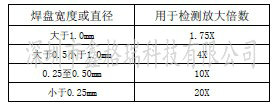
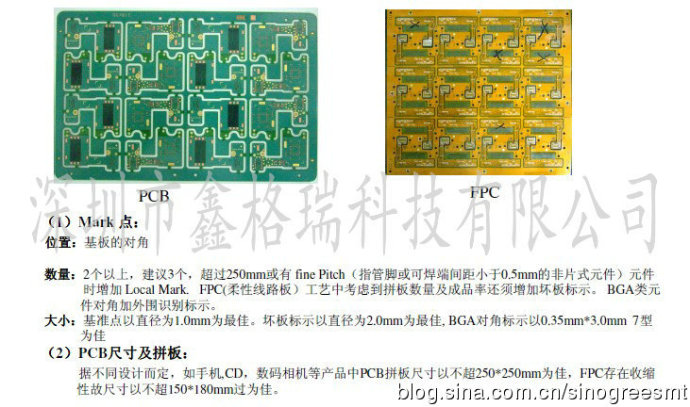

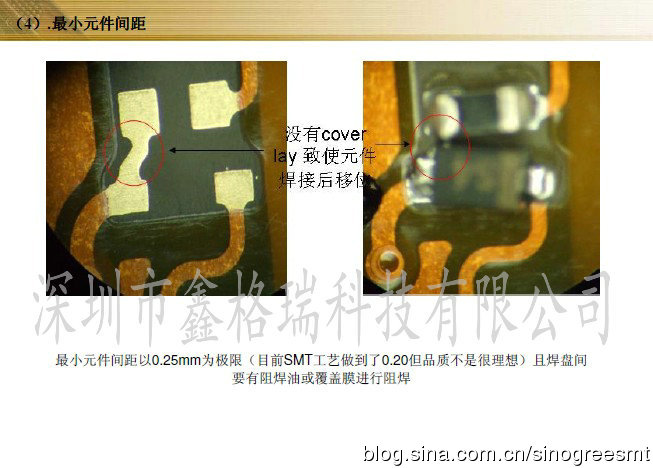
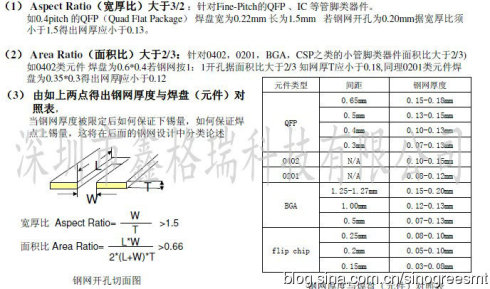

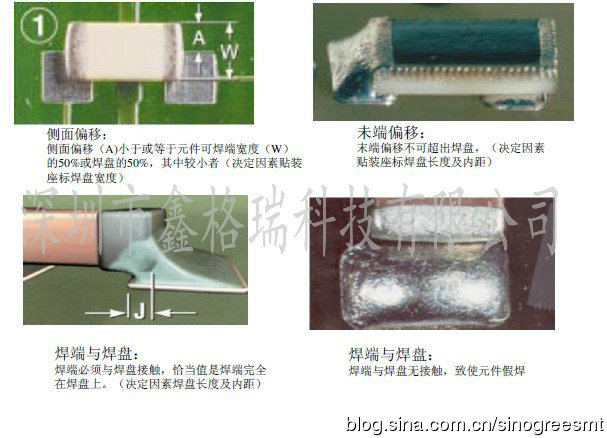
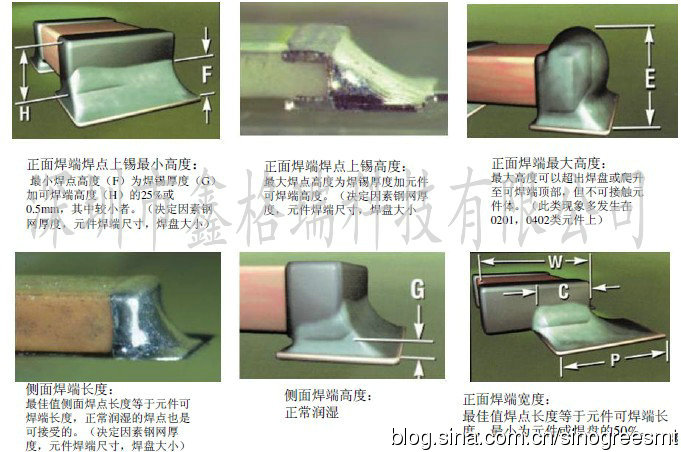

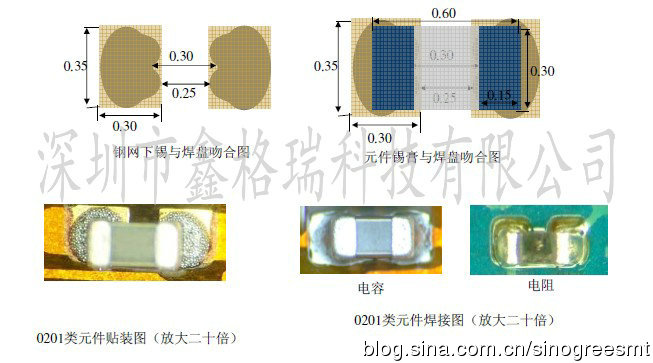
 0
0  1
1  2
2  3
3  4
4  5
5  6
6  7
7  8
8  9
9  0
0  8
8 November 18, 2022
The flat top screen industry is witnessing significant trends such as increasing demand for touch-enabled screens, growing adoption of OLED technology for enhanced display quality, rising popularity...
The PU Self Cleaning Screen is a revolutionary innovation in screen technology. Made from high-quality polyurethane, it effectively repels dust, dirt, and fingerprints, ensuring a crystal-clear...
Introducing the Polyurethane Tufflex Screen - the ultimate solution for durable and efficient screening. With its superior strength and flexibility, this screen is designed to withstand the toughest...
The electronics industry is witnessing a surge in demand for PU self-cleaning screens. As consumers increasingly prioritize hygiene, manufacturers are developing innovative polyurethane-coated...
Email to this supplier
November 18, 2022
January 15, 2024
January 14, 2024

Privacy statement: Your privacy is very important to Us. Our company promises not to disclose your personal information to any external company with out your explicit permission.

Fill in more information so that we can get in touch with you faster
Privacy statement: Your privacy is very important to Us. Our company promises not to disclose your personal information to any external company with out your explicit permission.